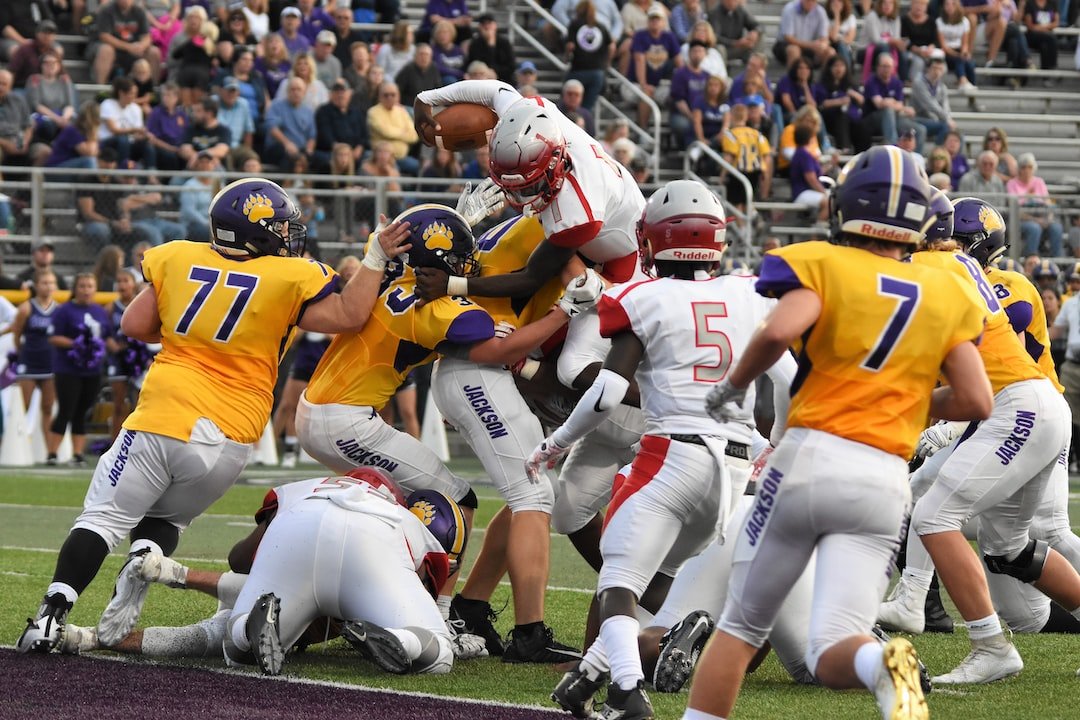The Drawbacks and Controversies of Pay-to-Play Sports Programs
Sports have always been an integral part of our society, providing opportunities for physical fitness, skill development, and character building. However, with the rise of pay-to-play sports programs, concerns have emerged regarding accessibility and equality in youth sports. In this blog post, we will delve into the drawbacks and controversies surrounding pay-to-play sports programs.
First and foremost, pay-to-play sports programs have faced criticism for creating a barrier to entry for athletes from low-income backgrounds. These programs require families to pay substantial fees for participation, often ranging from hundreds to thousands of dollars per season. This financial burden can significantly limit the involvement of children from economically disadvantaged families, ultimately perpetuating inequalities and preventing them from accessing the benefits of sports.
As a result, the talent pool of young athletes becomes skewed, with pay-to-play programs favoring those who can afford to pay for participation. This not only diminishes the quality of competition within these programs but also limits the opportunities for talented individuals who cannot afford to participate. Consequently, we may find that sports becomes increasingly dominated by athletes from privileged backgrounds, creating an unfair playing field and depriving the less fortunate of a chance to develop their skills and compete at higher levels.
Moreover, pay-to-play sports programs often place a significant financial burden on families, adding stress and strain to household budgets. Many parents are forced to choose between their child’s participation in sports or other crucial necessities, such as groceries, housing, or healthcare. This dilemma leads to difficult decisions, where families must prioritize their immediate needs over their child’s athletic aspirations, further perpetuating the socioeconomic divide.
Another drawback of pay-to-play sports programs is the increased pressure they place on young athletes to perform. With the substantial fees paid for participation, parents and coaches often expect immediate results and success from the children. This pressure can be detrimental to the child’s mental well-being, leading to undue stress and anxiety. Instead of focusing on skill development, teamwork, and enjoyment, the primary goal becomes winning at all costs, often leading to burnout and decreased long-term participation in sports.
The commercialization of youth sports through pay-to-play programs has also raised concerns about the influence of money on the decision-making process. In some cases, financial considerations may lead to the favoring of wealthy families, leading to biased team selections and unequal playing time. Additionally, the corporate sponsorship and advertising associated with these programs can blur the line between athletic development and profit-oriented interests, compromising the values and integrity of youth sports.
Controversies surrounding pay-to-play sports programs have not gone unnoticed, and efforts are being made to address these issues. Some communities have established scholarships or reduced fee programs to ensure access to sports for all children, regardless of their financial circumstances. These initiatives aim to level the playing field and create more opportunities for disadvantaged youth, breaking down barriers that would otherwise hinder their participation in sports.
Furthermore, advocates are calling for enhanced transparency and accountability within pay-to-play sports programs. Organizations administering these programs should be open and honest about their financial dealings and how the fees they collect are being used. This level of transparency can help mitigate concerns of favoritism and ensure that the funds collected are used to foster equitable opportunities for all young athletes.
Another potential solution is increased public funding for youth sports programs, ensuring that children from all socioeconomic backgrounds can participate without financial constraints. By investing in accessible and affordable sports programs, communities can foster inclusivity and equal opportunities for kids to develop their athletic skills and potential.
In conclusion, pay-to-play sports programs may provide opportunities for young athletes to develop their skills, but they also come with significant drawbacks and controversies. These programs often create barriers to entry for low-income families and perpetuate inequalities in youth sports. The financial burden placed on families, the increased pressure on young athletes, and the potential for bias and profit-driven decision-making all raise concerns about the fairness and integrity of pay-to-play sports programs. It is crucial for communities, organizations, and policymakers to address these issues and work towards creating a more inclusive and equitable environment for all young athletes.

